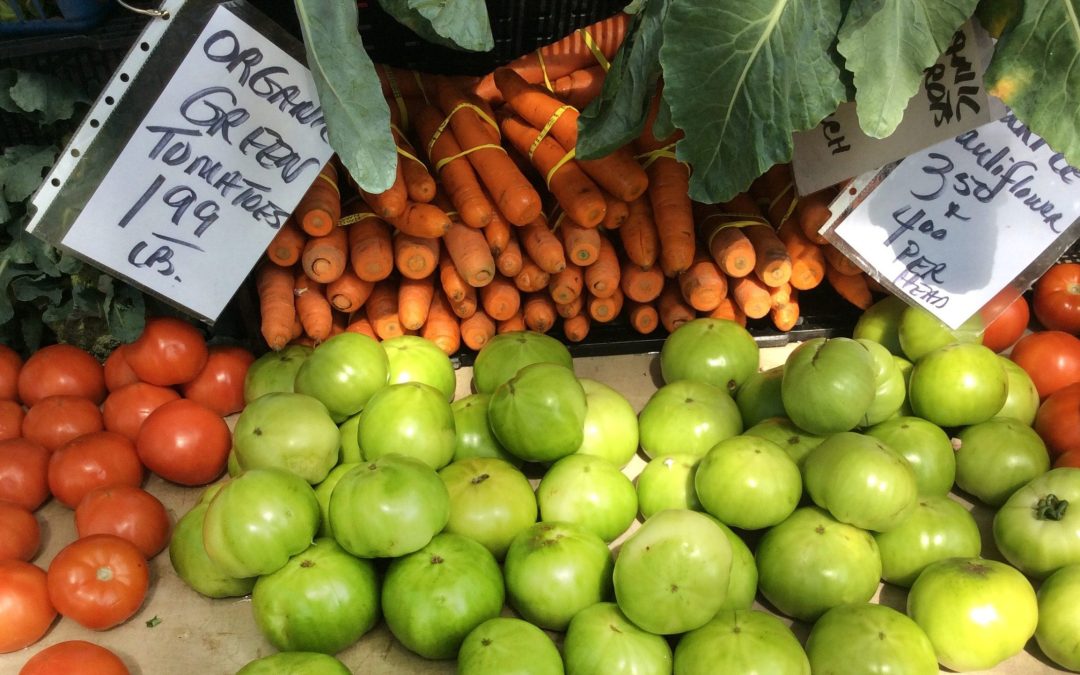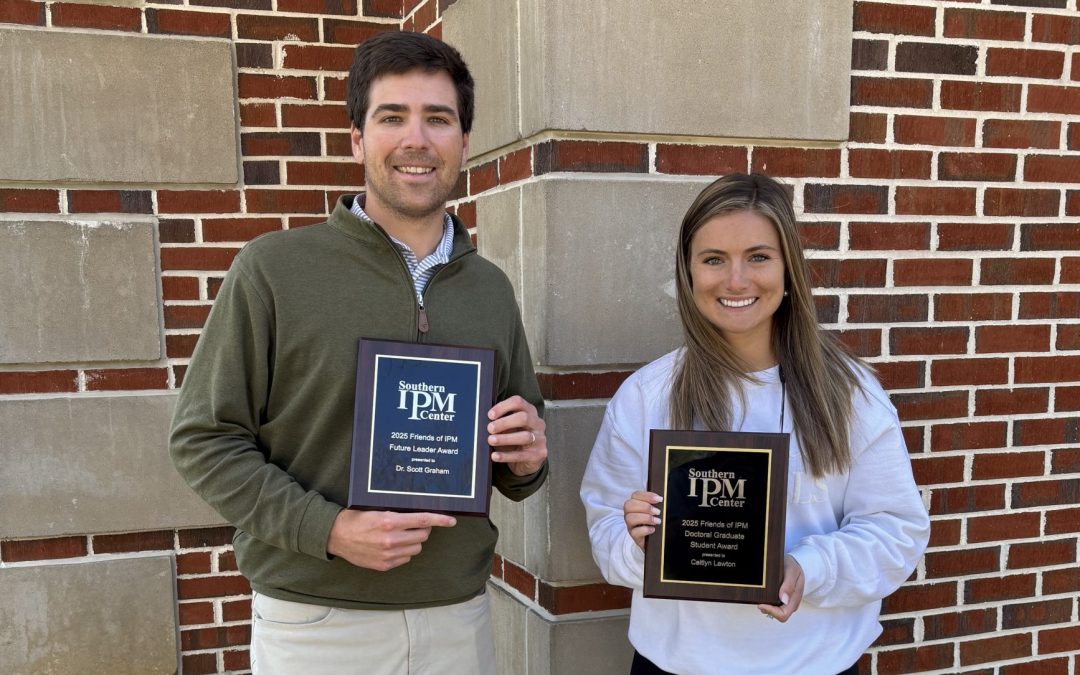A formal agreement that top Auburn University, College of Agriculture and Snead State Community College administrators have signed guarantees that Snead State students who meet Auburn’s transfer-student admission requirements are accepted into the agricultural science academic degree program administered by the horticulture department at Auburn.
Signing the transfer-recruitment agreement were Auburn Provost Bill Hardgrave, College of Agriculture Dean Paul Patterson and Department of Horticulture Head Dave Williams and, from Snead State, President Robert Exley and Annette Cederholm, vice president for academic affairs. Snead State is located in Boaz.
Amy Wright, associate dean for instruction in the College of Agriculture, said the contract will benefit all involved.
“This establishes a pipeline for students to attend Snead State and then have a smooth transition into our undergraduate ag science program,” Wright said. “Building a relationship with Snead should help encourage students to come to Auburn for their bachelor’s degrees.”
Under the agreement, the college and horticulture department will collaborate with Snead State on agricultural science marketing and recruitment efforts and materials and provide information on scholarships available in the College of Agriculture.



